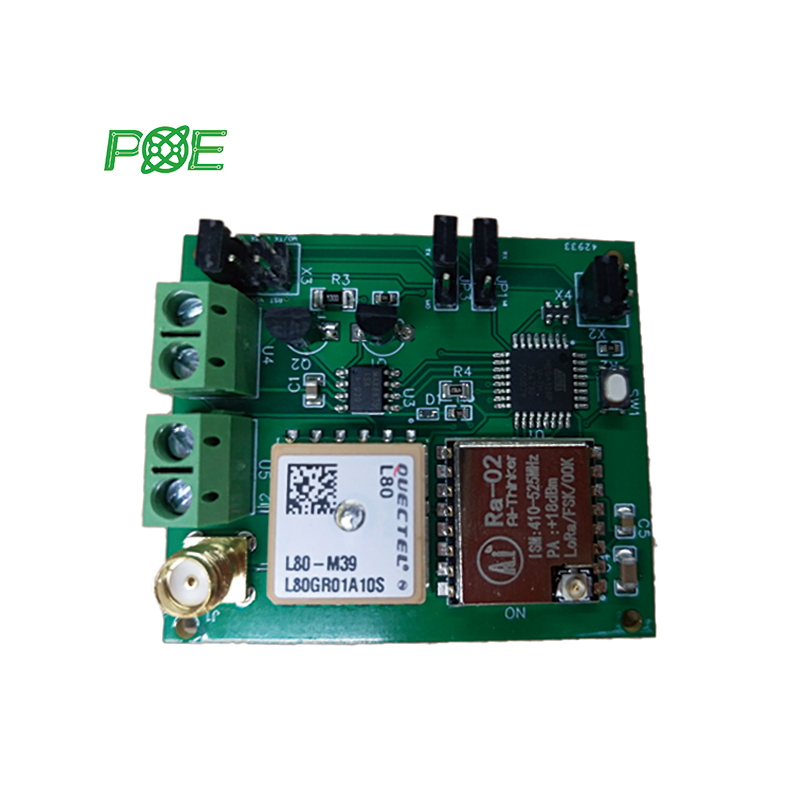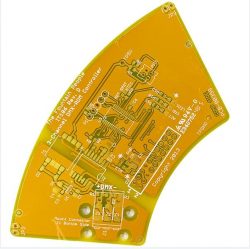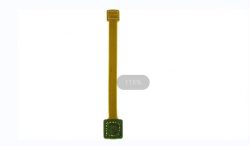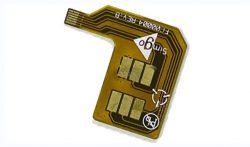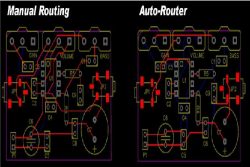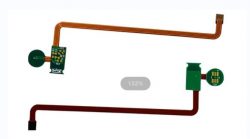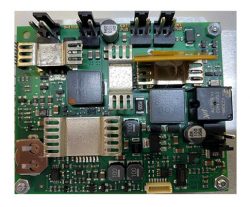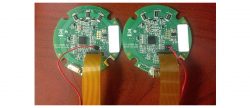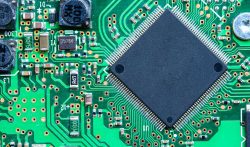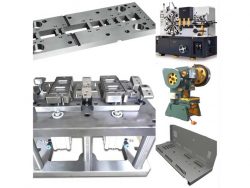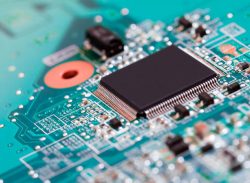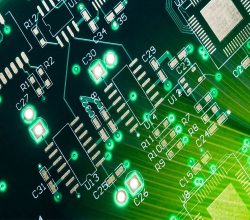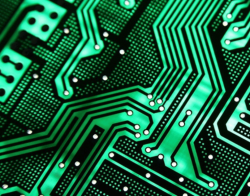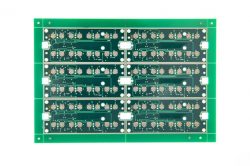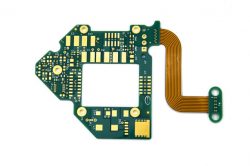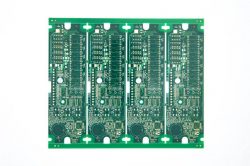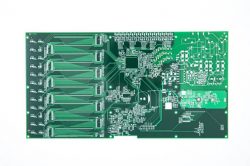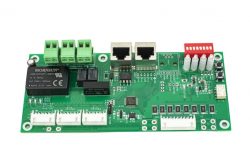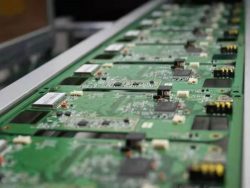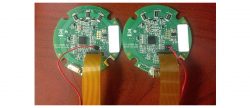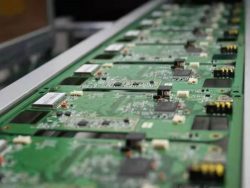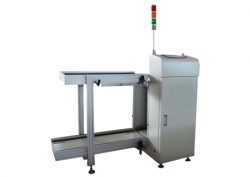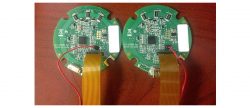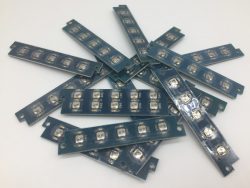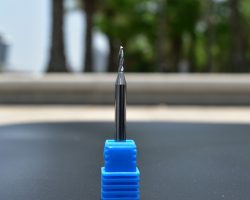How to choose 5GPCB materials
Prevent signal loss and loss
The most important part of 5GPCB is the high-speed mixed signal design. Material selection is also an important part of preventing signal loss and ensuring signal integrity. Because these systems are mixed-signal in nature, designers must prevent EMI between the analog and digital circuit board sections.
In order to foresee the upcoming 5G revolution, PCB materials companies have been developing substrate materials with a lower dielectric constant than standard FR4 (about 3). Although the frequency is higher, compared with PTFE laminates, these new materials have less loss at 5G wireless frequencies.
Thermal conductivity, heat dissipation and low loss
5G technology may cause more PCB thermal management issues for certain circuit functions. The heat generated by the PCB is usually related to the insertion loss. Basically, circuits with higher insertion loss will generate more heat. Once heat is generated, it is important to effectively guide the heat to the heat sink structure for heat dissipation. At this time, the material characteristics of PCB materials that need to be considered include loss factor and thermal conductivity.
Low-loss high-frequency circuit materials have lower insertion loss and therefore generate less heat. These high frequency circuit materials usually have a lower loss factor (Df), and usually use copper foil with a smoother surface. As we all know, the surface roughness of the copper foil will affect the insertion loss, and the copper foil with low profile or smooth surface will produce a smaller insertion loss. The surface roughness of the copper foil mentioned here refers to the surface roughness of the copper foil at the interface between the high-frequency laminate substrate and the copper foil.
For some 5G circuits, another important circuit material characteristic is thermal conductivity. The use of high-frequency laminates with high thermal conductivity is very conducive to heat management in 5G applications. Generally speaking, laminates with a thermal conductivity of 0.50 W/m·K are considered to have good thermal conductivity. Some high-frequency, low-loss laminateshave this thermal conductivity. However, few low-loss laminates have higher
thermal conductivity.
Follow PCB design specifications
No matter which substrate material you choose to use in a 5G PCB, you need to follow the best PCB design specifications to ensure that the impedance of the entire interconnect is always consistent. For RF signal lines, use the shortest possible route for wiring. The width and spacing of the conductors also need to be strictly controlled to maintain a consistent impedance throughout the interconnection.
